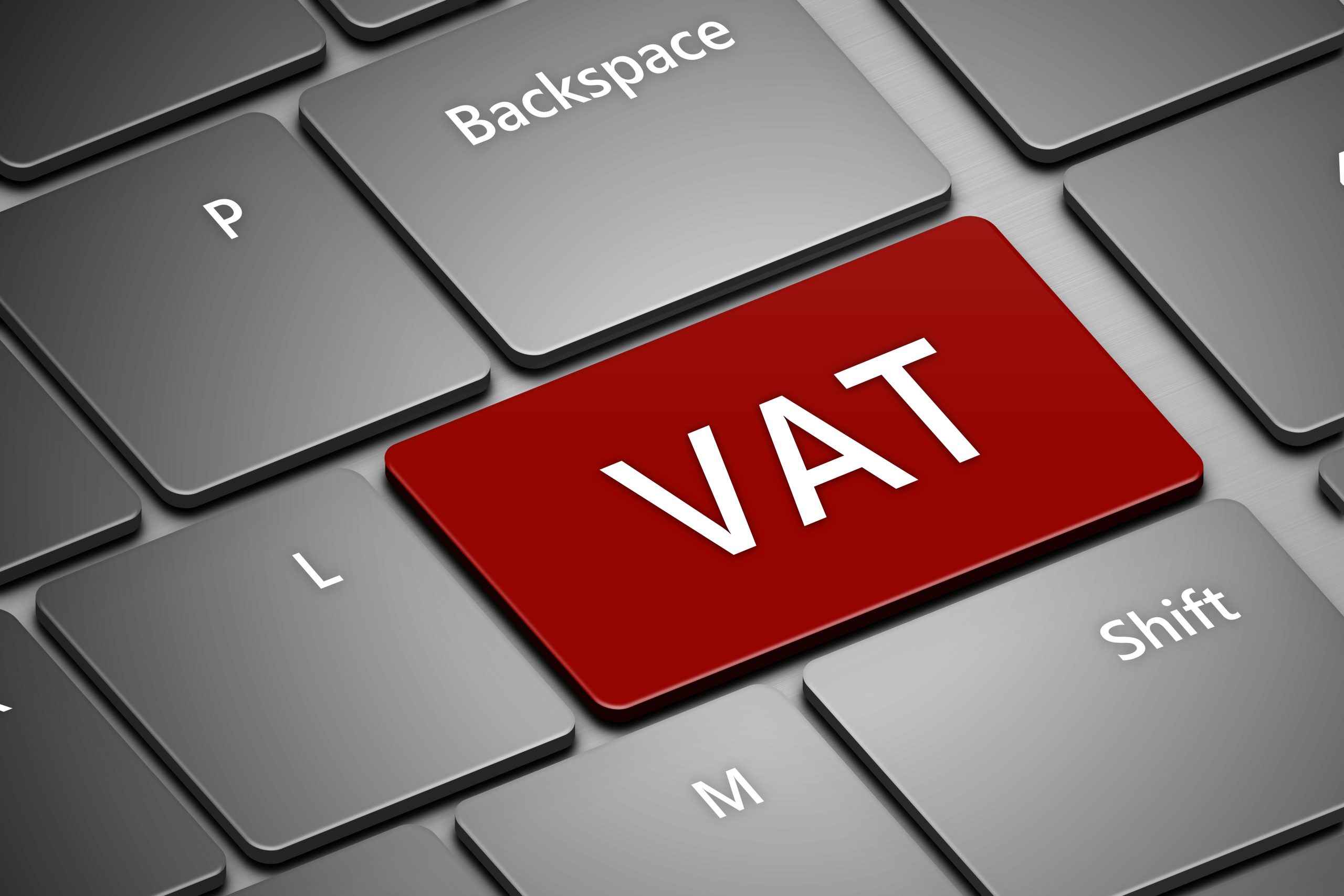Value Added Tax (VAT) is a vital aspect of financial transactions that businesses in the United Kingdom. Understanding how to file a VAT return is essential for companies registered for VAT with HMRC. This complete guide will help businesses navigate the financial landscape by providing valuable insights into the VAT return process.
What is VAT? and why is it important to you?
VAT, also known as Value Added Tax, is a consumption tax applied to the sale of goods and services. If your business is registered for VAT which means you have to pay VAT on the sale of your services or products. This means that you collect VAT from your clients, paying it to HMRC as well as offering your customers an invoice or receipt that clearly identifies the amount of VAT that was included in the sale. Additionally, you will receive an invoice from VAT when you buy goods. This will show the amount of VAT part of your transaction. It is crucial to maintain accurate records to claim VAT from HMRC.

The Basics of VAT Returns
The regular submission of VAT returns to HMRC by companies that are VAT registered is an essential requirement. A VAT return is a form of documentation that summarizes the purchases and sales made by a business during an exact time period. It’s basically a means for companies to document the amount of VAT they received from their customers and refunded on their own purchases. The process usually occurs on the basis of quarterly.
How do you file a tax return: A Step-by-Step guide
1. Knowing your VAT Period is essential before you begin the process of filing. In the UK it is common for businesses to prepare quarterly VAT returns. Be sure to know the dates of your VAT period.
2. Create a list of sales and purchase information Take note of all pertinent details about your purchases as well as sales during the VAT period. This includes sales invoices sent to customers, purchase invoices received from suppliers, as well as any other financial records that are relevant.
3. Calculate output tax: Output taxes is the VAT you’ve paid to your customers. Calculate your total output tax by incorporating the VAT of each sale that you’ve made during the VAT period.
4. Calculate Input Tax. Input tax is equal to the VAT you have paid on all of your purchases. Add the VAT you paid on all your purchases to determine total tax you have to pay on your inputs.
5. Complete the VAT Return Form: With the data gathered, fill in the VAT return form supplied by HMRC. The form usually includes sections on your total purchase, sales output tax, as well as input tax.
6. The VAT Return must be submitted to HMRC Once the form is filled out precisely, you must submit it to HMRC within the deadline. HMRC’s Making Tax Digital service allows you to submit your VAT tax return online. This is a convenient method to fulfill your VAT obligations.
Common Mistakes to Avoid
Late Filing: Ensure that you complete your VAT return within the deadline in order to avoid penalties. If you are late in filing, you could face financial implications for your business.
Incorrect Information: Double-check the data you enter in your VAT return to ensure accuracy. Incorrect calculations or entering incorrect figures can lead to problems with HMRC.
Companies are entitled to reclaim the VAT they have paid on certain purchases. Be sure to know what taxes you can claim back. This can have a huge impact on the tax liability you have.
You can also read our conclusion.
Navigating the landscape of VAT returns is an essential element of financial management for businesses in the UK. Knowing the process of VAT returns along with its intricate details, as well as using a comprehensive guide to VAT returns are crucial for staying in compliance with the financial system.
Businesses should be careful when preparing VAT returns and with precision. Being aware of the process making sure to avoid mistakes and using the available resources can help businesses streamline their VAT obligations. This can help to ensure financial stability and compliance with the regulations. It doesn’t matter if you’re an experienced business proprietor or a newcomer to the VAT world Being proactive and knowledgeable about VAT returns will help ensure a strong financial foundation for your company.